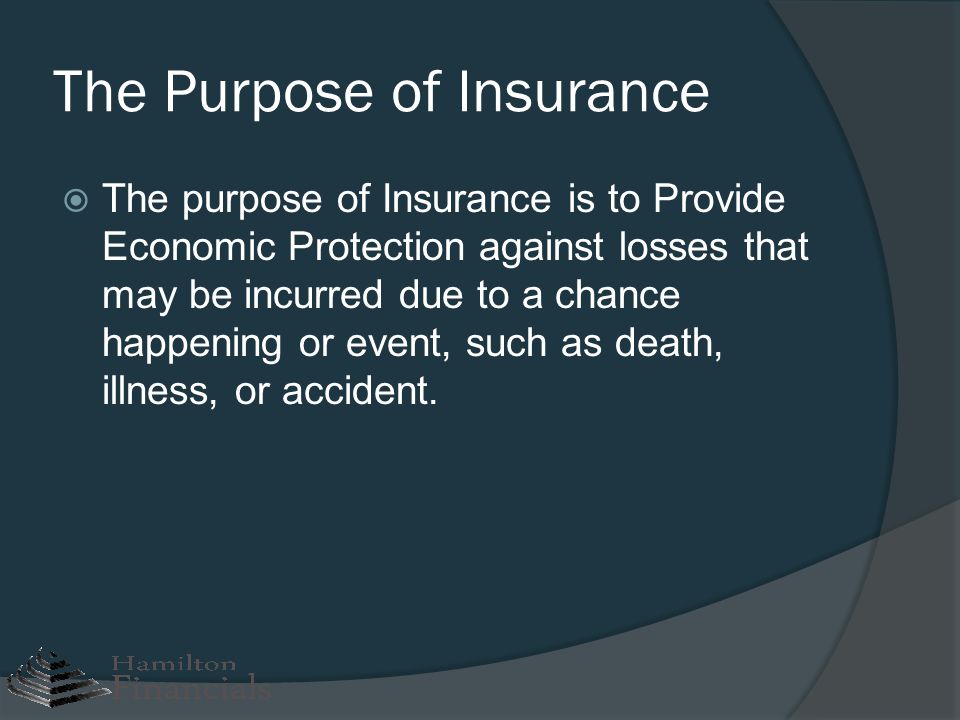The smart Trick of Pacific Prime That Nobody is Discussing
Some Known Questions About Pacific Prime.
Table of ContentsThe 6-Second Trick For Pacific PrimeAn Unbiased View of Pacific PrimeThe Ultimate Guide To Pacific PrimePacific Prime for DummiesSee This Report on Pacific Prime

This is due to the fact that the information were accumulated for a duration of strong economic efficiency. Of the estimated 42 million individuals who were uninsured, just about about 420,000 (concerning 1 percent) were under 65 years of age, the age at which most Americans come to be eligible for Medicare; 32 million were grownups in between ages 18 and 65, about 19 percent of all adults in this age; and 10 million were children under 18 years of age, concerning 13.9 percent of all kids (Mills, 2000).
These quotes of the number of individuals uninsured are produced from the yearly March Supplement to the Existing Population Survey (CPS), performed by the Demographics Bureau. Unless otherwise kept in mind, national price quotes of individuals without medical insurance and proportions of the populace with different kinds of insurance coverage are based on the CPS, one of the most extensively used source of quotes of insurance protection and uninsurance prices.
Examine This Report on Pacific Prime

Still, the CPS is specifically helpful because it generates annual quotes reasonably promptly, reporting the previous year's insurance coverage approximates each September, and due to the fact that it is the basis for a consistent collection of price quotes for greater than twenty years, enabling evaluation of patterns in insurance coverage over time. For these reasons, as well as the substantial use of the CPS in other studies of insurance policy coverage that are offered in this record, we depend on CPS estimates, with constraints noted.

The price quote of the variety of uninsured people expands when a populace's insurance status is tracked for numerous years. Over a three-year duration beginning early in 1993, 72 million people, 29 percent of the U.S. https://disqus.com/by/disqus_tLNq8V4sBK/about/. populace, were without insurance coverage for a minimum of one month. Within a solitary year (1994 ), 53 million people experienced at least a month without coverage (Bennefield, 1998a)
Six out of every 10 without insurance adults are themselves employed. Functioning does improve the possibility that one and one's household participants will have insurance coverage, it is not a warranty. Even members of families with 2 full-time wage income earners have virtually a one-in-ten opportunity of being uninsured (9.1 percent without insurance price) (Hoffman and Pohl, 2000).
The 3-Minute Rule for Pacific Prime
New immigrants account for a considerable percentage of individuals without medical insurance. One evaluation has attributed a significant part of the current growth in the size of the united state uninsured populace to immigrants that arrived in the country in between 1994 and 1998 (Camarota and Edwards, 2000). Recent immigrants (those who involved the United States within the past 4 years) do have a high rate of being uninsured (46 percent), however they and their youngsters account for simply 6 percent of those without insurance coverage across the country (Holahan et al., 2001).
The partnership between medical insurance and accessibility to care is well developed, as recorded later on in this phase. Although the connection in between wellness insurance policy and health outcomes is neither direct nor straightforward, a substantial professional and wellness solutions research literature web links health insurance policy protection to improved accessibility to care, far better top quality, and boosted individual and population health and wellness status.
Degrees of evaluation for taking a look at the results of uninsurance. This conversation of wellness insurance coverage focuses mainly on the united state populace under age 65 because virtually all Americans 65 and older have Medicare or various other public protection. It concentrates especially on those without any type of health insurance coverage for any size of time.
Pacific Prime Fundamentals Explained
The troubles faced by the underinsured are in some areas comparable to those dealt with by the uninsured, although they are generally much less extreme. Wellness insurance policy, nevertheless, is neither necessary neither enough to obtain access to medical solutions. The independent and direct result of wellness insurance policy coverage on accessibility to health solutions is well established.
Others will get the healthcare they require even without health insurance policy, by paying for it out of pocket or seeking it from suppliers who supply treatment totally free or at very subsidized rates. For still others, medical insurance alone does not guarantee invoice of care as a result of other nonfinancial obstacles, such as an absence of health and wellness treatment suppliers in their community, minimal access to transport, illiteracy, or etymological and cultural distinctions.
Pacific Prime Fundamentals Explained
Official research study concerning without insurance populations in the USA dates to the late 1920s and very early 1930s when the Committee on blog here the Price of Treatment generated a series of records concerning financing medical professional office brows through and hospitalizations. This concern became prominent as the varieties of clinically indigent climbed throughout the Great Anxiety.